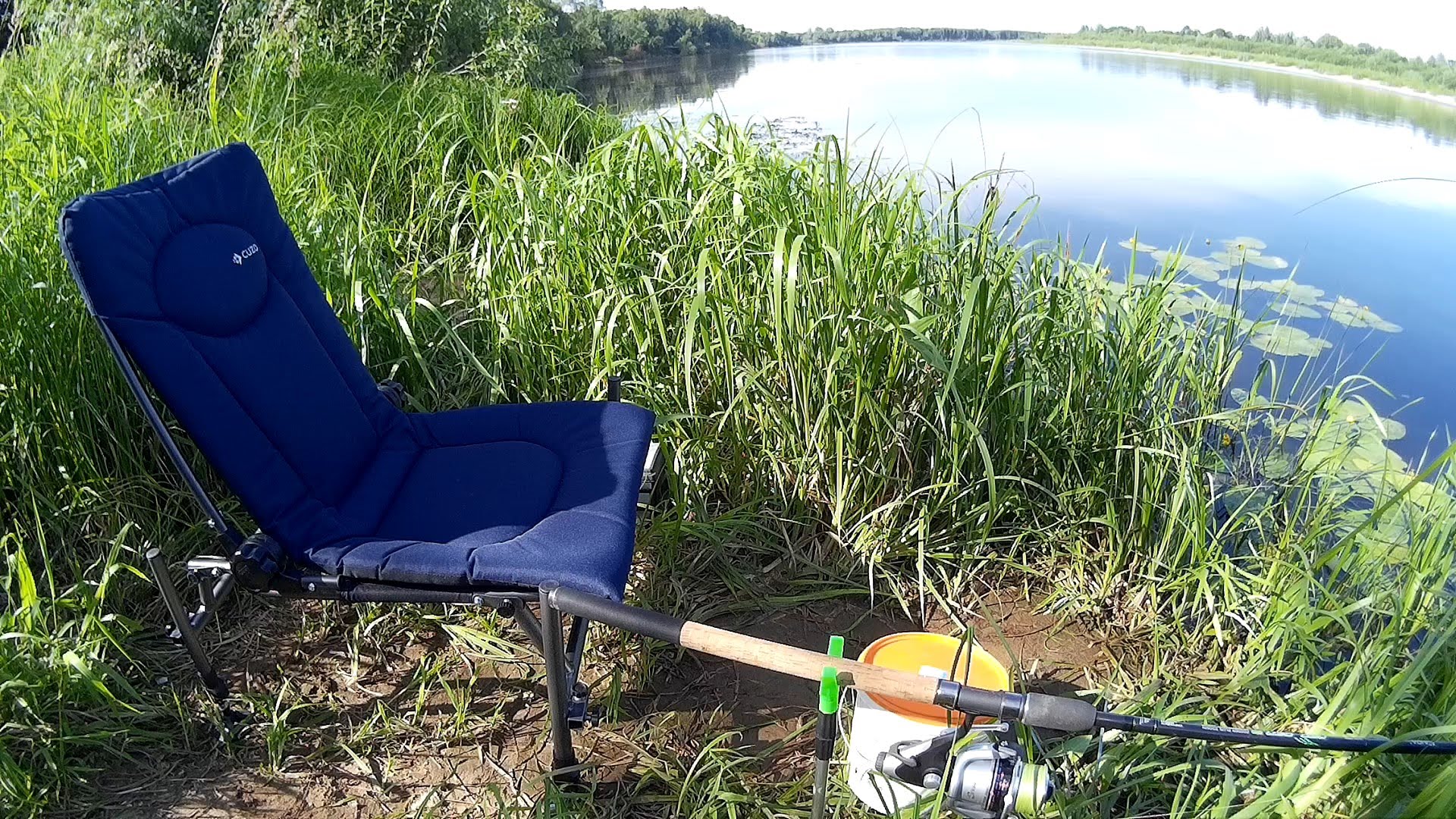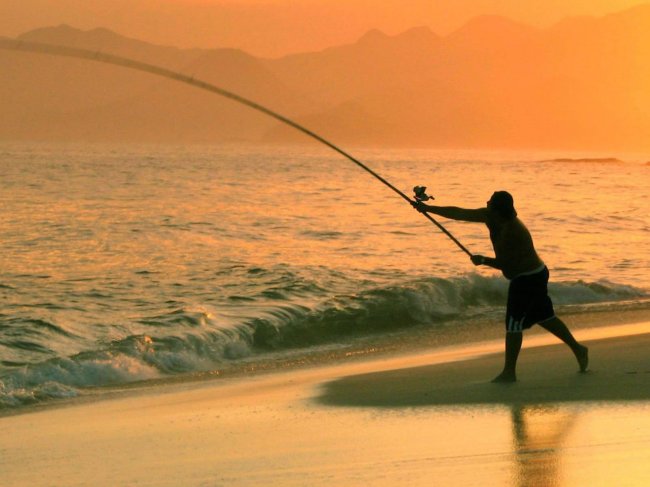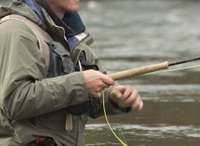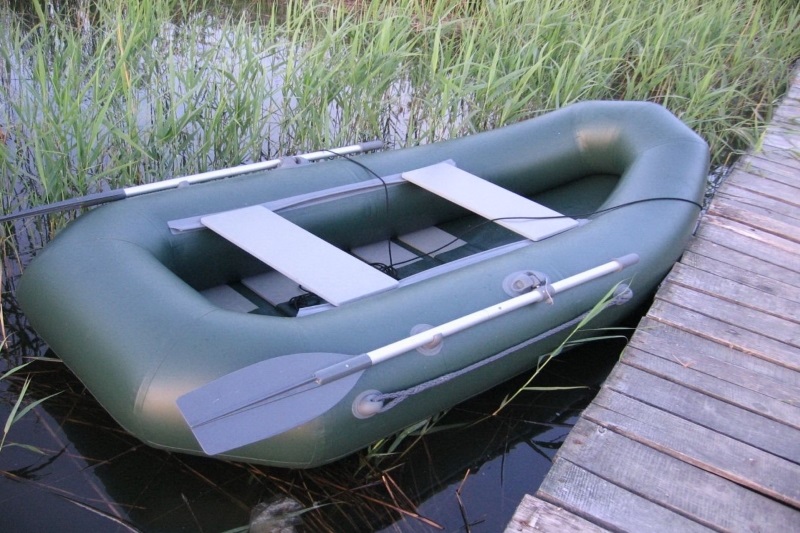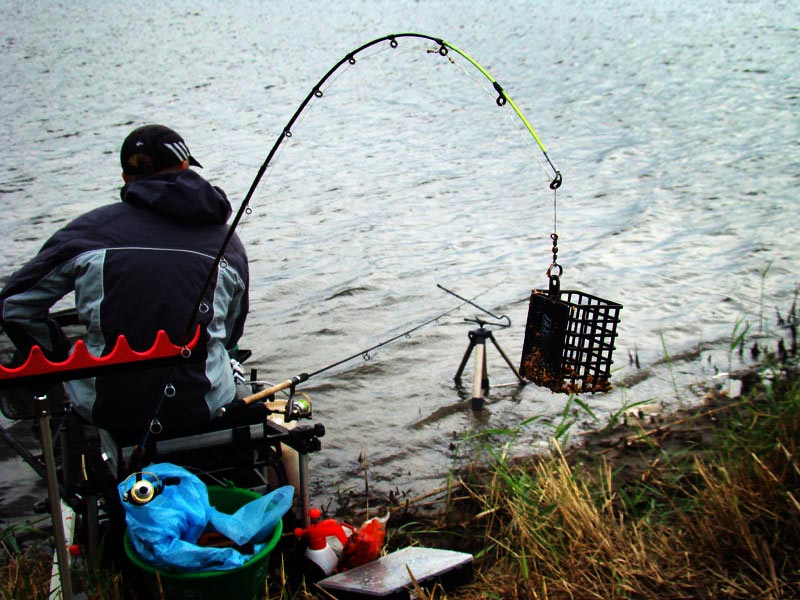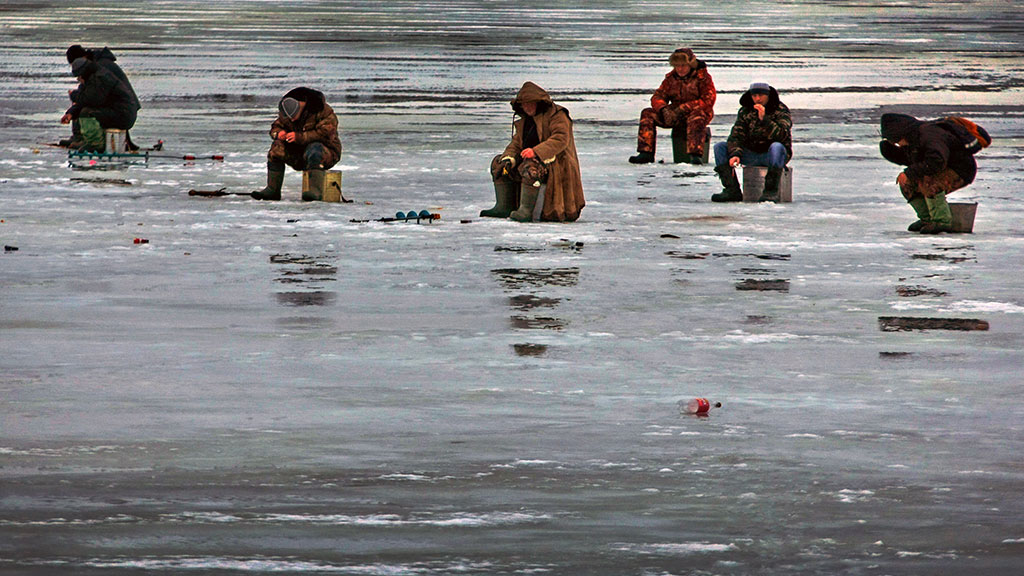Self-made feeding trough from a disposable syringe
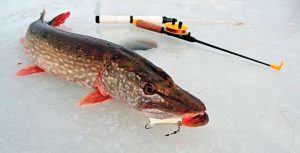 Today, almost all anglers who prefer bottom fishing use feeders for feeding fish. In any store you can find such devices of different sizes, shapes and prices. But if in stock the angler has lead and the desire to do something with his own hands, then why not make such a feeder yourself? Moreover, the method described here does not require expensive components and great skills. So, let’s see how to make such a feeder.
Today, almost all anglers who prefer bottom fishing use feeders for feeding fish. In any store you can find such devices of different sizes, shapes and prices. But if in stock the angler has lead and the desire to do something with his own hands, then why not make such a feeder yourself? Moreover, the method described here does not require expensive components and great skills. So, let’s see how to make such a feeder.
And make it very simple. Just look at the finished structure and it will become clear what components we need, and there are only a few of them:
Syringes themselves of different sizes and diameters. Such a feeder can be used for feeding with a free-flowing mixture, and it will be possible to use live components such as maggots or bloodworms. In the latter case, the volume of the feeders may be minimal, and indeed, it is good when the angler has troughs of different types and volumes available;
Lead. Practically any who is available will approach. This may be old sinkers, and balancers from car wheels and special fishing weights. The weight of the sinker is selected from the conditions of fishing, depending on the current and distance of the required casting;
Copper, steel wire or rivets;
Pliers, drill and other tools that we may need.
To begin with, we divide the syringe into necessary areas. We pretend how long we need the feeder and cut the syringe flask.
Now, depending on what kind of bait we will use, we make holes on the side of the syringe and on the end. For example, if such a feeding trough will be used to attract fish with bloodworms or maggots, then the holes will need a little and small diameters, and if the bait is in the form of porridge and even in combination with crumbly components, then the holes are made larger.
From the side to the flask we attach the load with wire and holes. For standing water, it is common to use a load of 30-60 grams, and for a current, 80-100 grams.
Attach such a feeder to the gear can be different. You can make a withdrawal of wire with a swivel, and you can do it easier. Simply pass the main line through the tip of the syringe and stop it with a swivel or stop. By swiveling already cling leash. The photo shows the use of hair montage, but equipment, as you understand, can be any. In this article, we showed how easy it is to make a feeder for fishing, and tooling is another huge topic.
